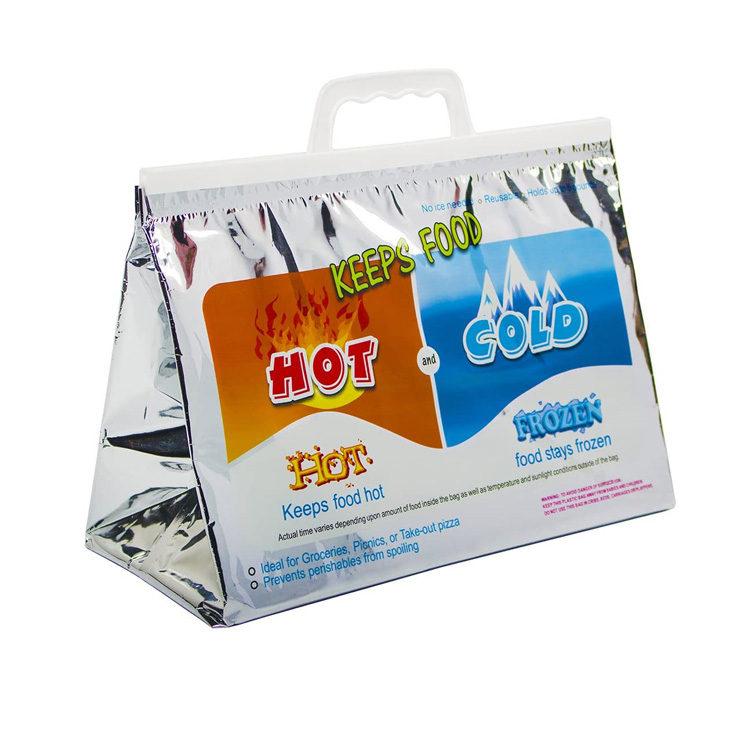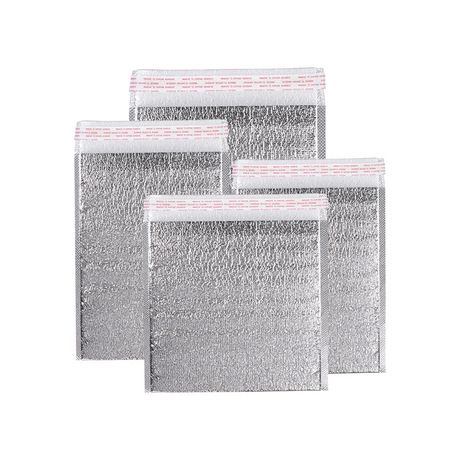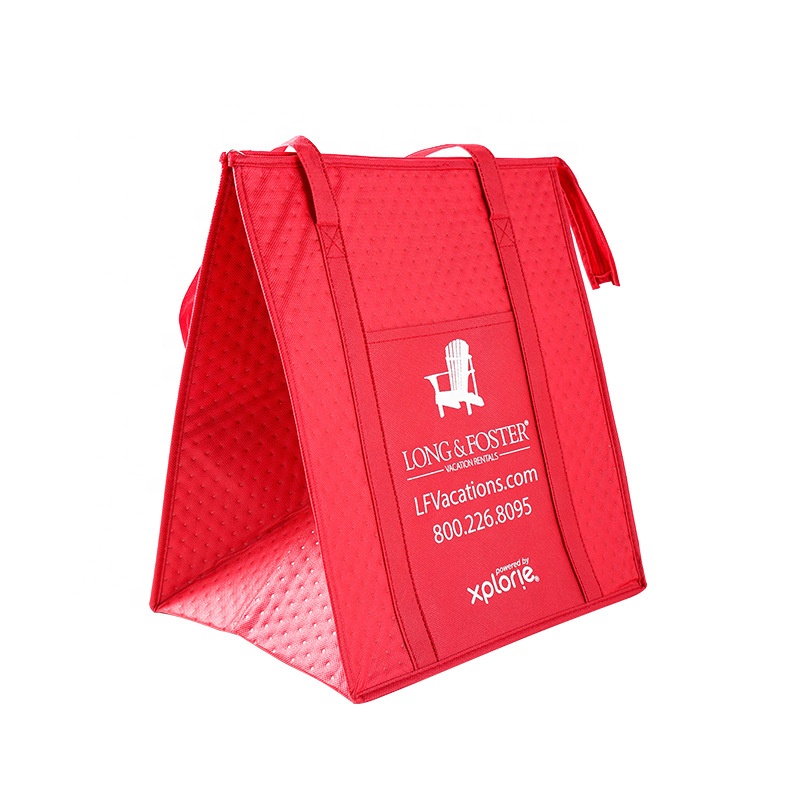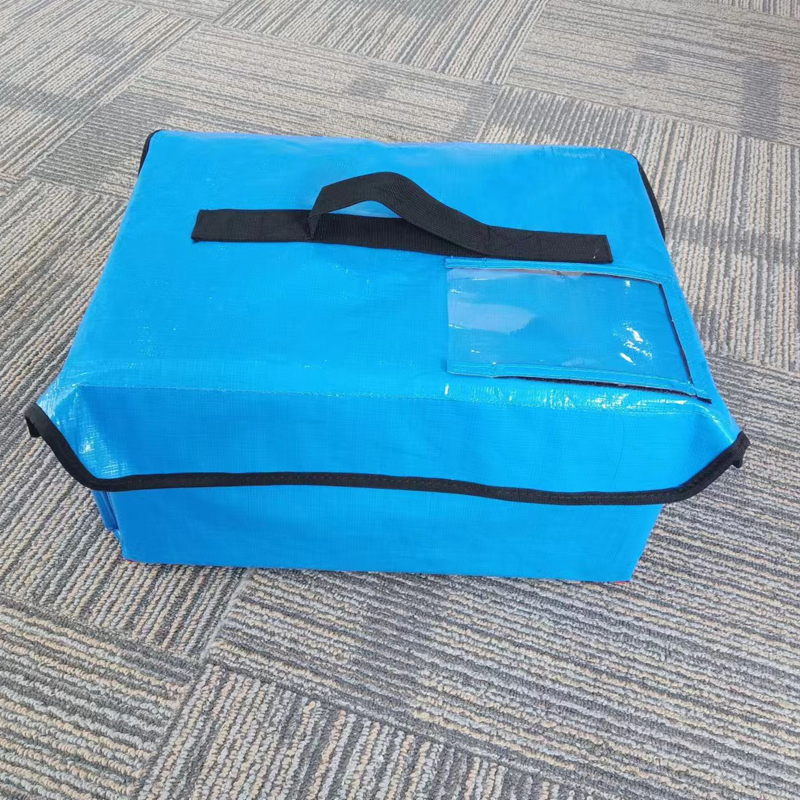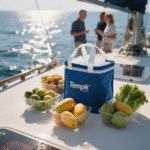Diferencia entre hielo seco y paquete de hielo: Que elegir para su envío?
When shipping temperature-sensitive products, the choice between dry ice and ice packs can significantly impact your cold chain efficiency. Each has its unique benefits, but which one should you use for your specific needs? This guide will break down the differences between dry ice and ice packs, helping you determine the best option for your shipments.
-
How dry ice and ice packs work to maintain temperature
-
Key differences in their cooling properties
-
Best use cases for dry ice vs ice packs
-
Cost and environmental considerations
-
Safety tips when using dry ice and ice packs in shipments
How Do Dry Ice and Ice Packs Differ in Cooling?
Dry ice is solid CO₂ that sublimates at –78.5°C, providing ultra‑cold temperatures perfect for keeping products frozen during long shipments. bolsas de hielo, por otro lado, contain a phase-change material (PCM) that stays cool within the 0–8°C range, making them suitable for refrigerated items but not for frozen goods.
Dry ice is ideal for long-duration shipments that require freezing, while ice packs are better for short-term cooling when refrigeration is needed.
Key Differences Between Dry Ice and Ice Packs
| Cooling Method | Temperature Range | Ideal Use | Duración del enfriamiento |
|---|---|---|---|
| Hielo seco | –78.5°C | comida congelada, productos farmaceuticos | 24–72 hours |
| Paquetes de hielo | 0–8°C | Refrigerated goods, medical supplies | 12–48 hours |
Practical Tips
-
Use dry ice for frozen goods: Best for items that need to remain frozen for extended periods.
-
Use ice packs for refrigerated items: Perfect for maintaining the 2–8°C range for medical or food items for up to two days.
-
For multi-temperature shipments: Consider using both—dry ice for frozen products and ice packs for refrigerated goods.
Real‑Life Example: A logistics company successfully shipped a variety of frozen and refrigerated goods by using dry ice for frozen products and ice packs for fresh produce, keeping all items at the correct temperatures for 72 horas.
When Should You Use Dry Ice Over Ice Packs?
Dry ice is the best option when you need sub-zero temperatures, typically for long-duration shipments or for products like frozen food, productos farmaceuticos, o muestras biológicas. The extreme cold of dry ice keeps items frozen during transport, especially in situations where refrigeration won’t suffice.
Sin embargo, dry ice has a few downsides—it sublimates quickly, and it requires special ventilation due to the carbon dioxide it releases, making it unsuitable for certain environments or smaller shipments.
Best Uses for Dry Ice
-
comida congelada: Ideal for ice cream, carne congelada, or seafood that needs to remain frozen during long shipments.
-
Productos farmacéuticos: Used for medications like vaccines or biologics that need to stay frozen throughout transit.
-
Extended Shipping: Dry ice is essential for shipments that will take more than 24 horas, ensuring temperature control for multiple days.
Dry Ice vs Ice Packs for Frozen Products
| Tipo de producto | Dry Ice Effectiveness | Ice Packs Effectiveness | Best Use |
|---|---|---|---|
| Alimentos Congelados | Highly effective | Ineffective | Dry ice for long trips |
| Productos farmacéuticos | Highly effective | Ineffective | Dry ice for frozen meds |
| Biológicos | Highly effective | Ineffective | Dry ice for critical shipments |
When Should You Use Ice Packs Over Dry Ice?
Ice packs are perfect for maintaining refrigerated temperatures, typically between 0–8°C. They are ideal for shipments that do not need freezing but require a stable cool environment. Ice packs are commonly used for short-term transport y easy-to-handle applications.
Ice packs are easier to use than dry ice—no special ventilation is required, and they are typically more rentable for smaller shipments.
Best Uses for Ice Packs
-
Medical Supplies: Keep items like insulin, vacunas, or antibiotics cool during transit.
-
comida fresca: Use for products like fruits, verduras, lácteos, or meats that need refrigeration but not freezing.
-
Shorter Shipping Durations: Ideal for shipments under 48 hours that don’t need freezing temperatures.
Ice Packs vs Dry Ice for Refrigerated Products
| Shipment Type | Ice Packs Effectiveness | Dry Ice Effectiveness | Best Use |
|---|---|---|---|
| Refrigerated Goods | Highly effective | Ineffective | Ice packs for short trips |
| Productos farmacéuticos | Highly effective | Ineffective | Ice packs for refrigerated meds |
| Productos cosméticos | Highly effective | Ineffective | Ice packs for temperature-sensitive items |
Cost and Environmental Considerations: Dry Ice vs Ice Packs
Dry ice can be more expensive because it must be replenished frequently during long shipments. Además, it is a sublimating material, meaning that it releases carbon dioxide as it evaporates, contributing to greenhouse gas emissions. Proper handling and disposal are crucial for safety and sustainability.
bolsas de hielo, por otro lado, son reutilizable, making them a more respetuoso con el medio ambiente y rentable solution for many shipments. They don’t produce gases and can be disposed of with minimal impact on the environment.
Cost Comparison: Dry Ice vs Ice Packs
| Cooling Method | Average Cost per Shipment | Impacto ambiental | Best Use |
|---|---|---|---|
| Hielo seco | $25–$50 | Alto (CO₂ emissions) | Long‑term frozen goods |
| Paquetes de hielo | $10–$30 | Bajo (no tóxico, reutilizable) | Short‑term refrigerated goods |
2025 Trends in Cold Chain Logistics: Innovations and Regulations
El cold chain logistics industry is evolving with more eco-friendly cooling options, as sustainability becomes a top priority. paquetes de gel y smart temperature monitoring devices are becoming more common, while dry ice technologies are being developed to reduce sublimation rates and carbon emissions.
Latest Trends
-
Sustainable cooling solutions: More companies are adopting biodegradable ice packs and more efficient dry ice usage.
-
Smart temperature tracking: The integration of IoT-based devices to monitor temperature during transport is improving cold chain efficiency.
-
Regulation updates: Stricter rules around the use of dry ice and gel packs to ensure environmental responsibility.
Market Insight: The shift towards green logistics is evident, con 28% of cold chain companies reporting a move toward sustainable packaging solutions.
Frequently Asked Questions {#faq}
q: Can I use dry ice for refrigerated products?
No, dry ice is too cold for refrigerated products that require temperatures above –20°C. Ice packs are better for keeping goods cool but not frozen.
q: How long do ice packs last compared to dry ice?
Ice packs typically last 12–48 hours, while dry ice can last 24–72 hours depending on the shipment size and insulation.
q: Is dry ice safe to handle?
Sí, but it must be handled with care, using insulated gloves, and must be properly ventilated to avoid CO₂ build-up.
Resumen & Takeaways
Dry ice and ice packs are both essential for cold chain logistics, but they serve different purposes. Usar dry ice for frozen goods y ice packs for refrigerated products that require cooling without freezing. Consider costo, impacto ambiental, and the duration of shipment when deciding which cooling method to use.
What to Do Next
-
Assess your shipping needs and choose the right cooling method based on your products.
-
Order dry ice or ice packs from Tempk for your next shipment.
-
Share this guide with your logistics team to streamline your cold chain processes.
Acerca de Tempk
Tempk specializes in high-quality temperature-controlled packaging for a variety of industries. Whether you’re shipping pharmaceuticals, alimento, or other sensitive products, we offer the best cooling solutions to maintain optimal temperatures.
Need assistance with your cold chain needs? Contact us for tailored solutions and expert advice.










